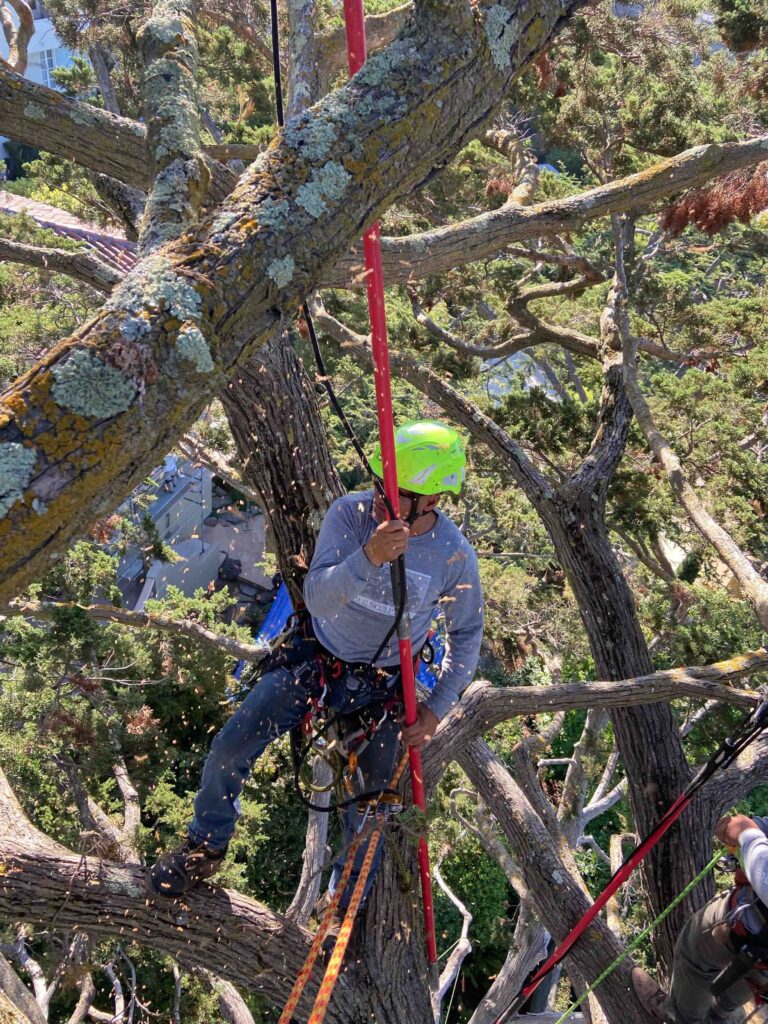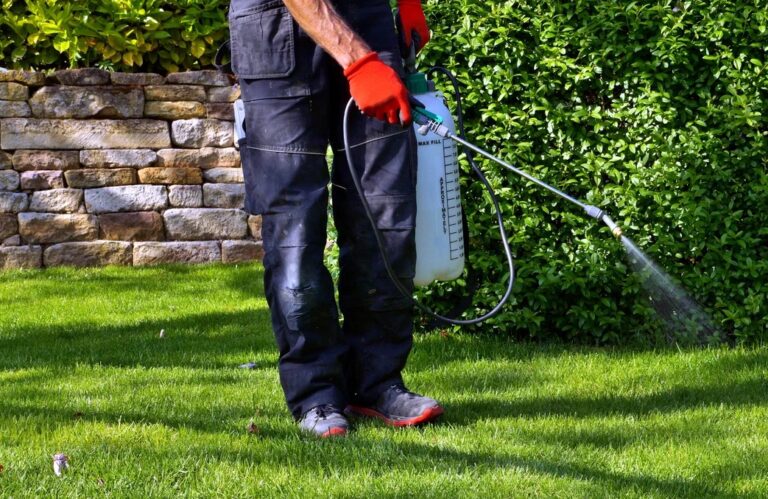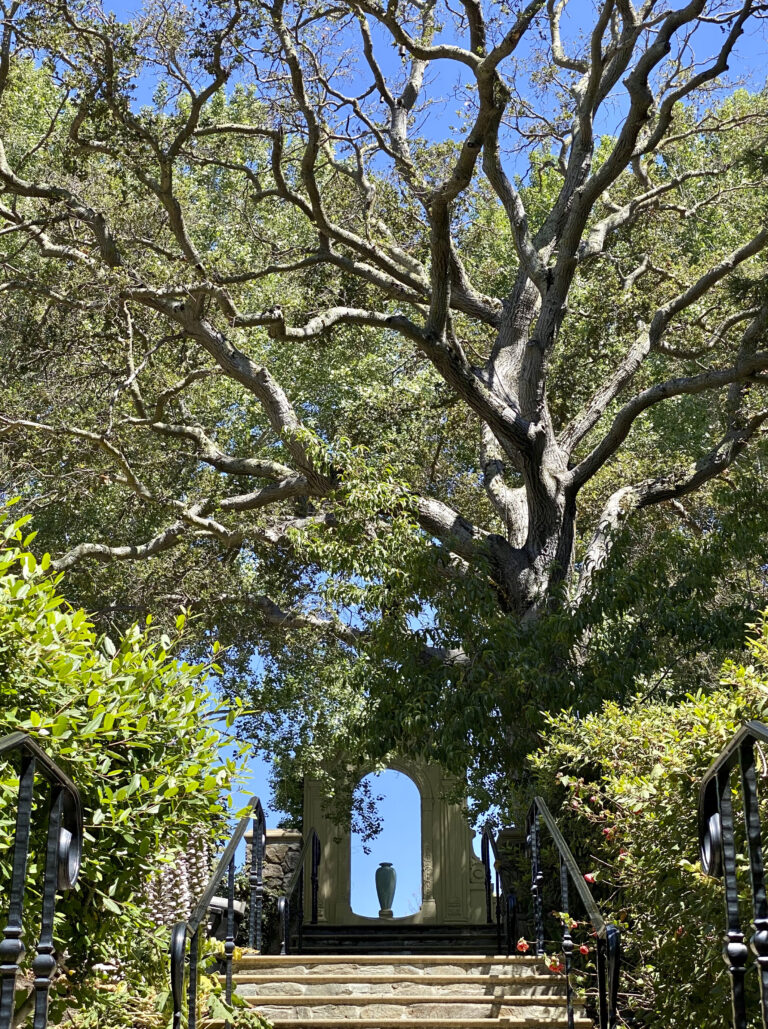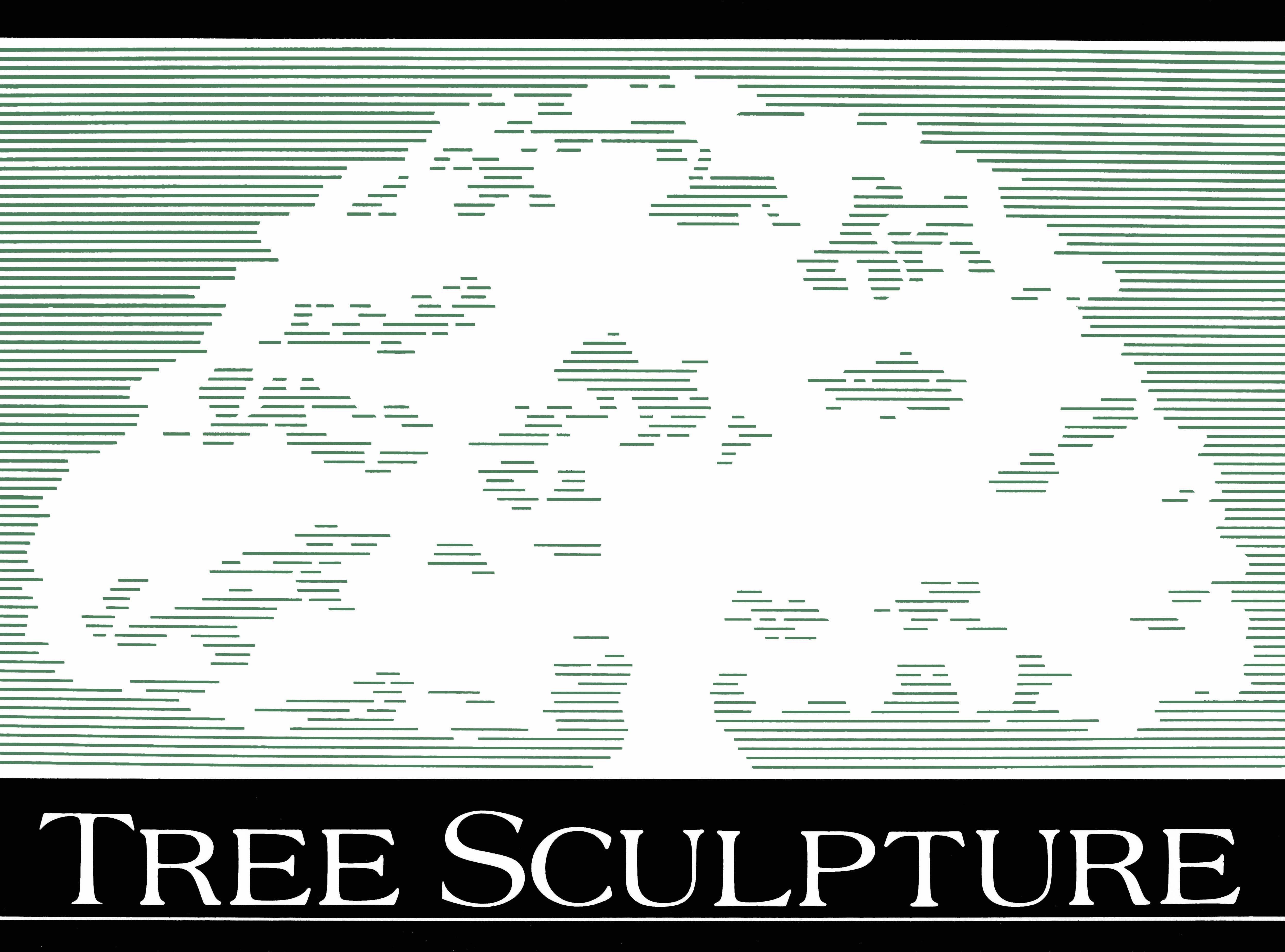Tree Removal
Tree Removal
“Just remove the tree.” That sounds easy enough, but it requires careful inspection, agile climbers, and safe cuts. Heavy branches and trunks must be carefully lowered to the ground and chipped or hauled away.
Surgery performed on wounds, infected cavities and tissue helps trees compartmentalize damage and accelerates healing, commonly referred to as “callousing.” For years, there was a trend to cable almost any questionable trunk or major limb. Research found that much of this cabling activity was unnecessary and actually caused a tree to ”weaken” and rely on the cable, rather than its own natural growth to build protective reaction wood and strengthen itself.
It takes an experienced, skilled arborist to identify whether a tree should be left alone, cabled or braced, or as a last resort, removed.
Trees that are storm-damaged or structurally unsound due to pronounced lean or advanced trunk / root decay must be removed before they fall. Disease or pest attack may have weakened a tree to the point where it cannot recover, even with proper treatment. We carefully evaluate each tree and take extra care to avoid damaging surrounding structures or planting beds.
The location of a tree may put it at greater risk of failure. Tall trees in windy locations, trees in narrow parking strips or trees planted in poor soils are vulnerable and may need to be removed.
After a mature tree is removed, we can grind the stump to below the soil level for aesthetic purposes. It’s usually best to let the underground stump / roots decompose naturally, but if they need to be removed completely for replacement plantings, we can do that.
Client Testimonials
Koko L
Oakland
Linda L
Oakland
John C
Walnut Creek
Elmer G
Berkeley

Other Great Services

Tree
Pruning

Tree
Health Care


